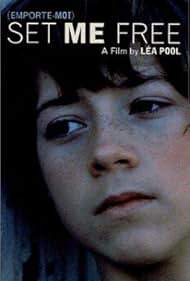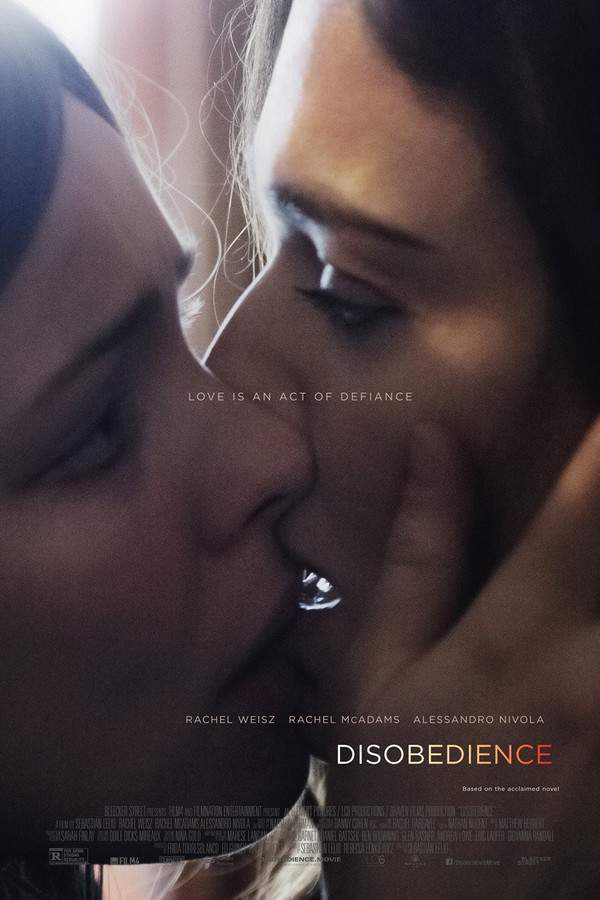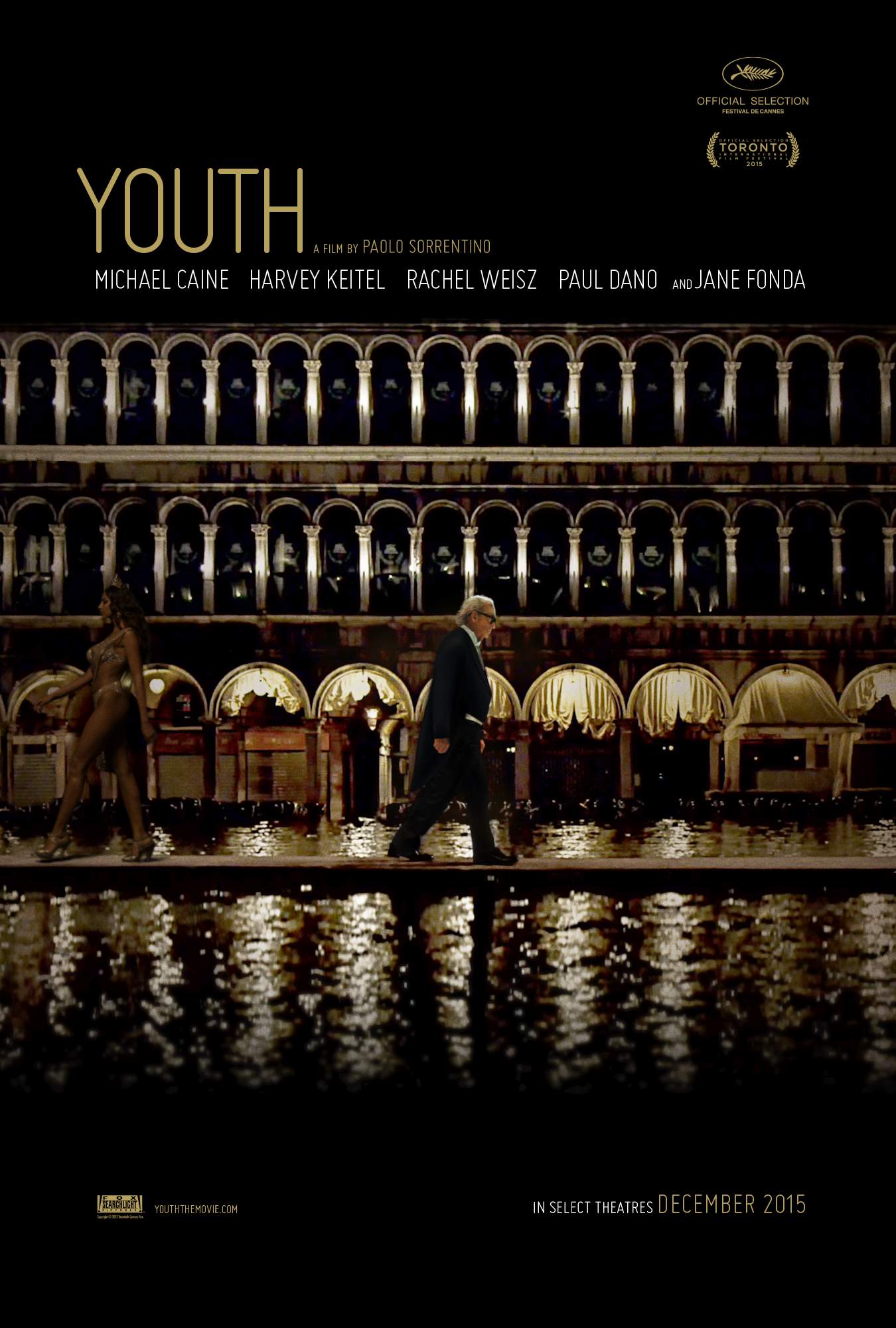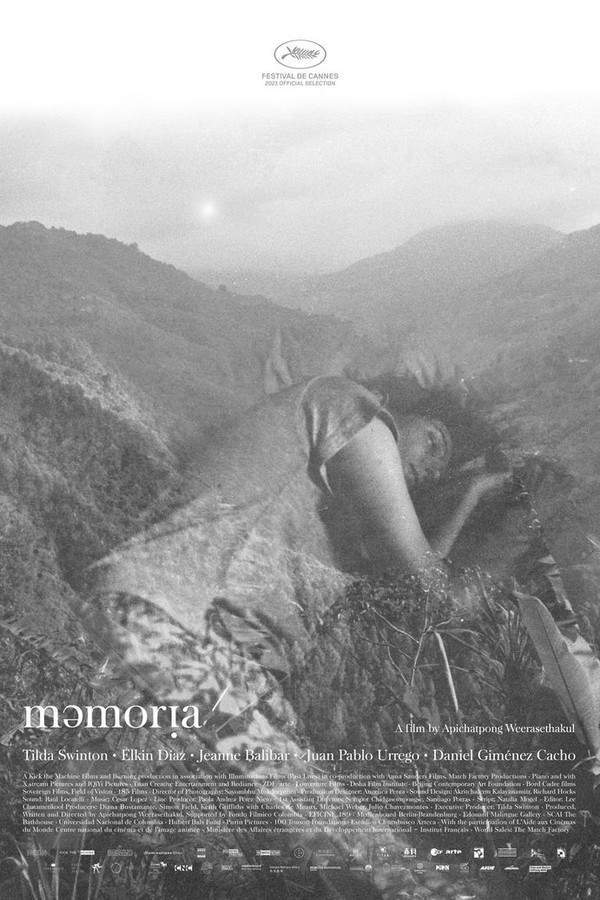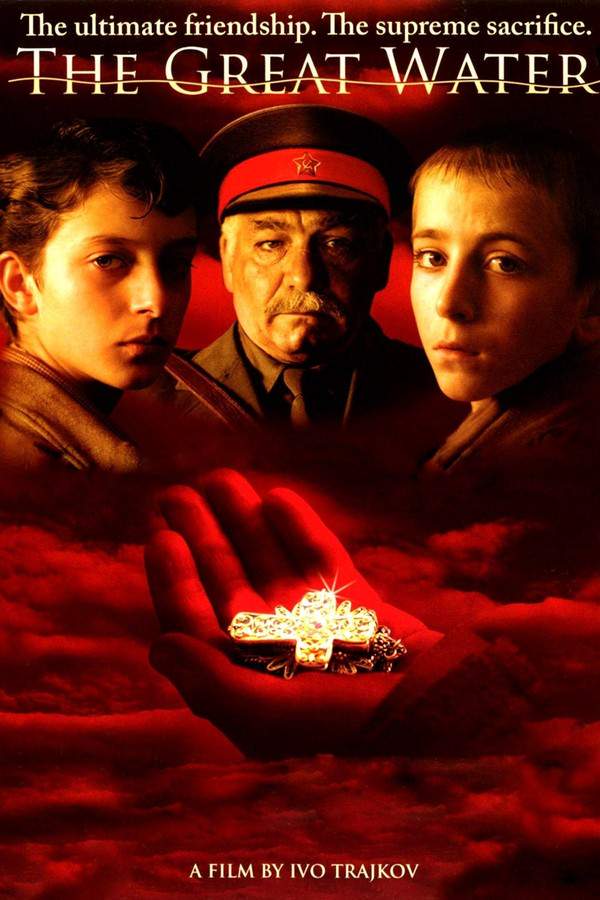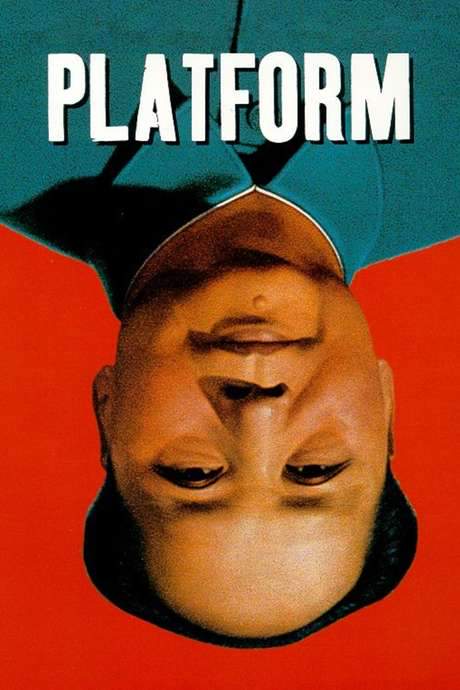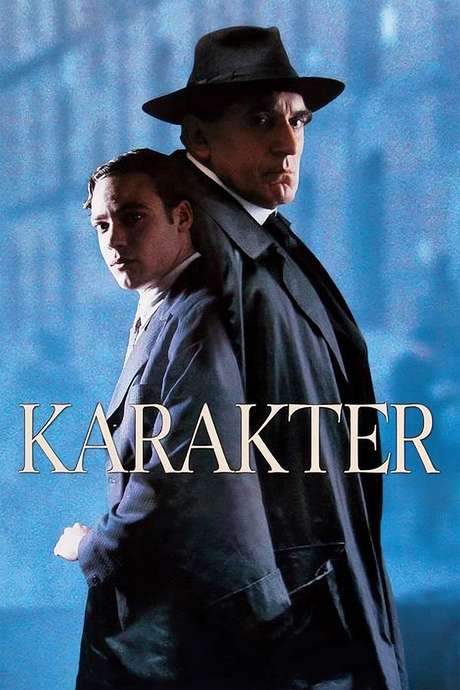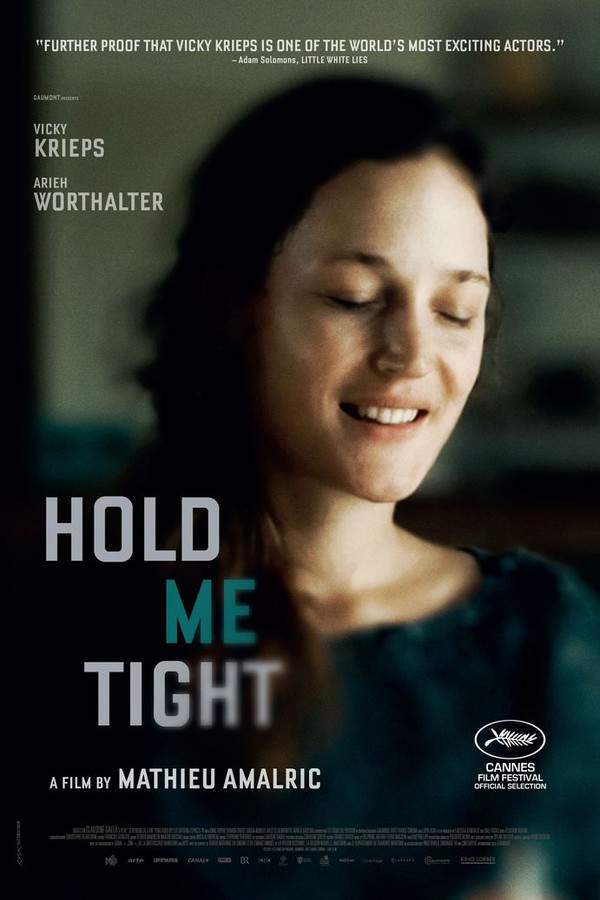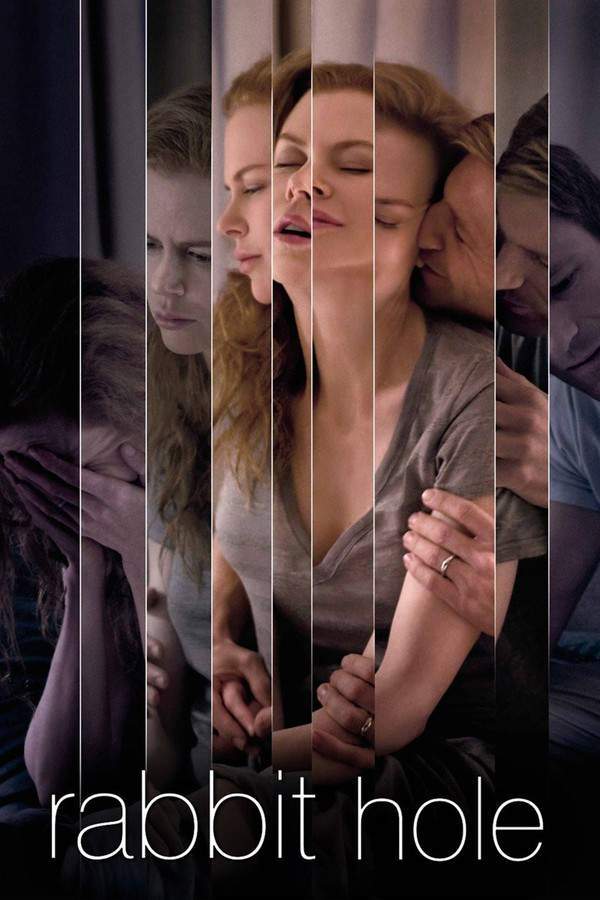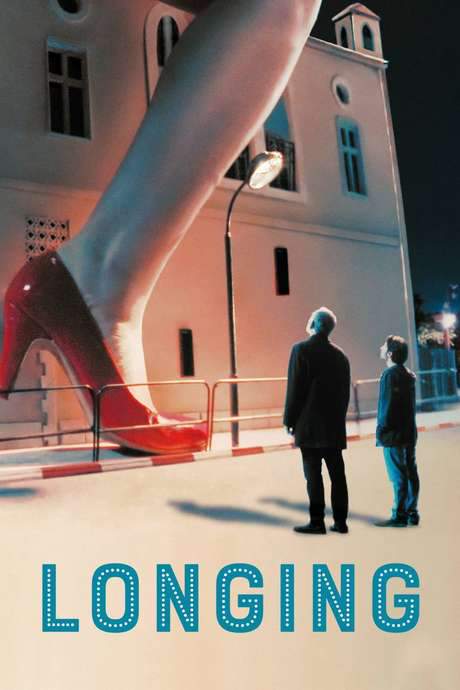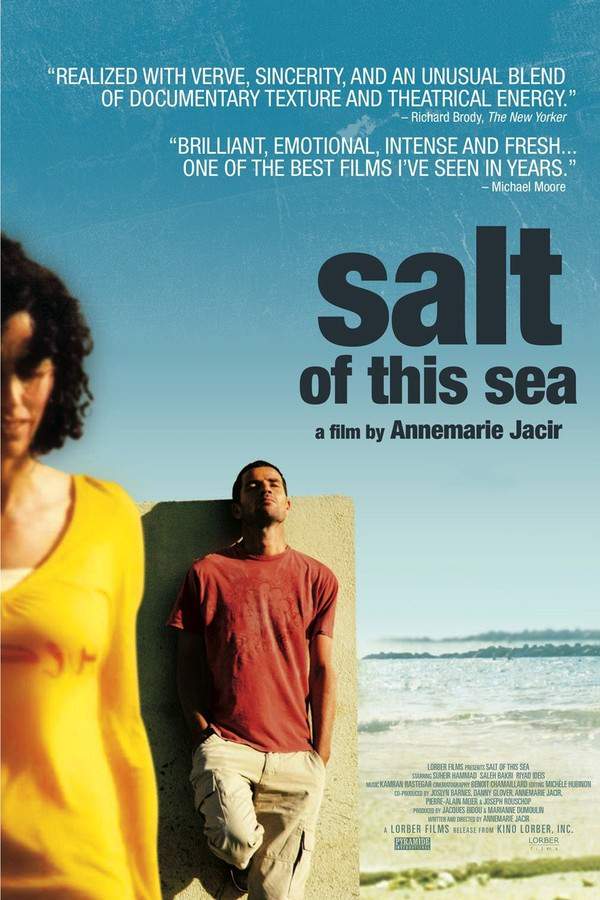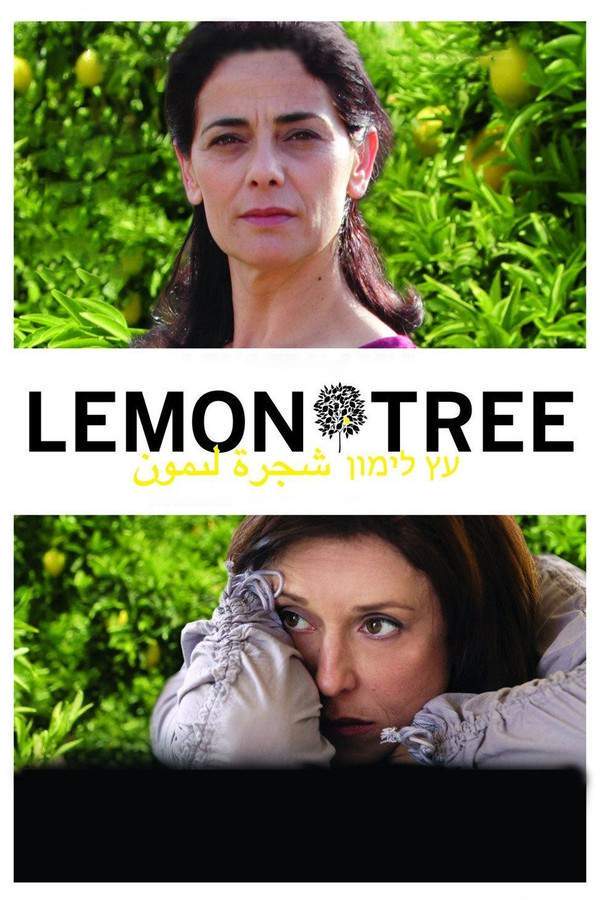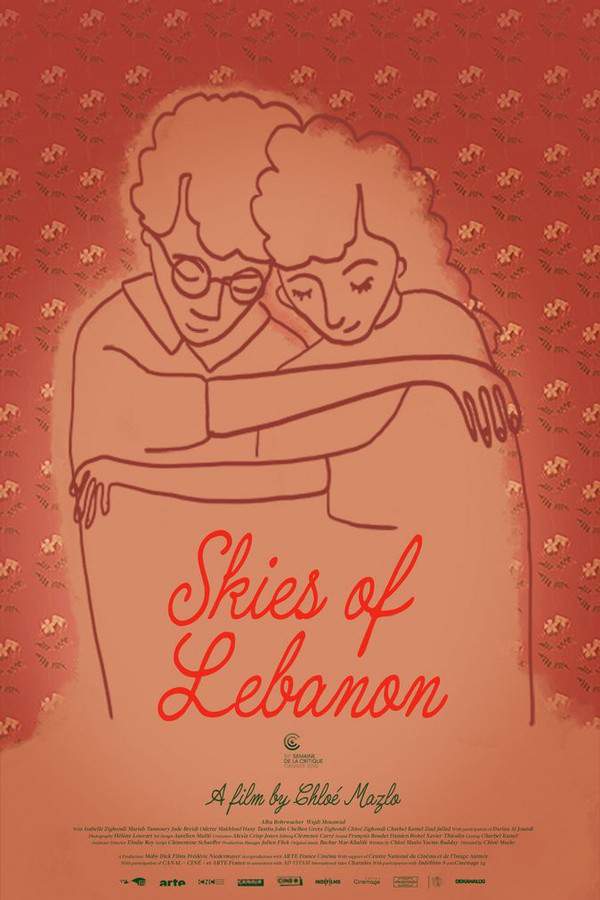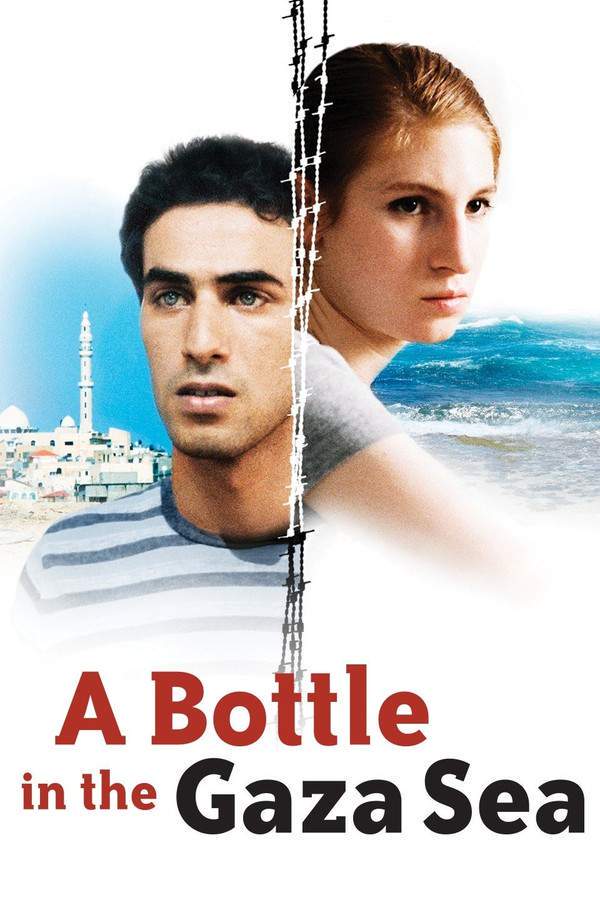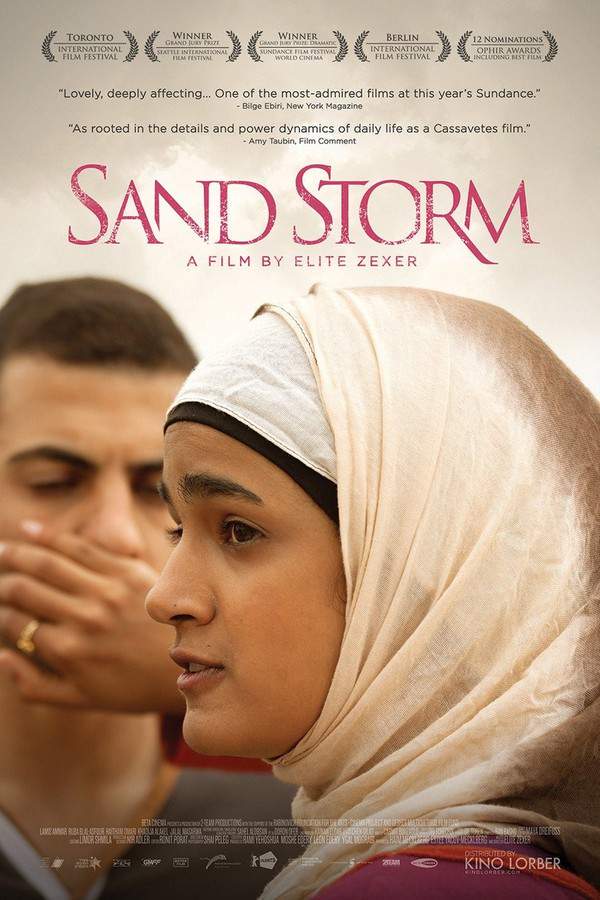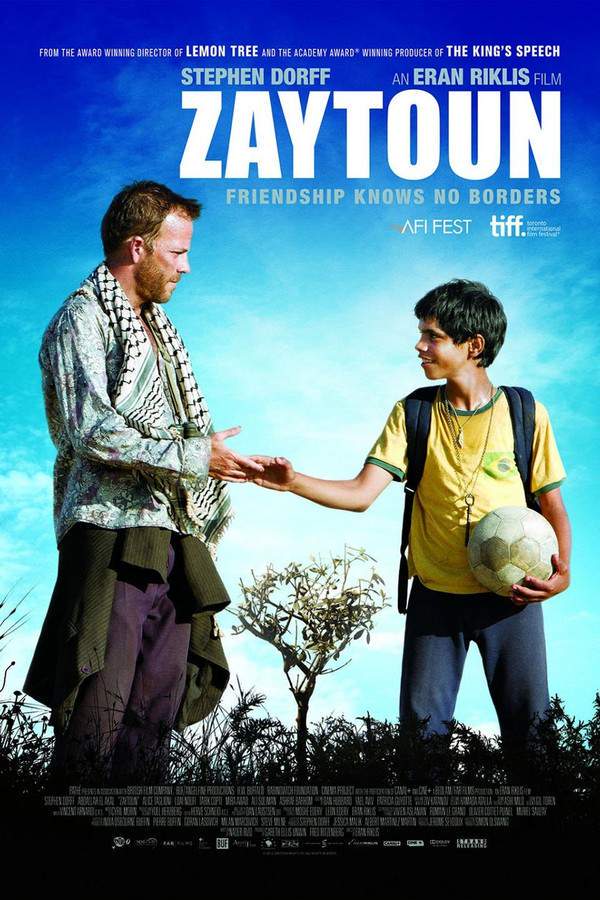
The Kite
Year: 2003
Runtime: 80 mins
Language: Arabic
Director: Randa Chahal Sabbag
Fifteen‑year‑old Lamia lives in a remote Lebanese village on the border with Israel. When her family arranges her marriage to a cousin on the other side, she must cross the barbed‑wire fence, leaving childhood behind and confronting the harsh realities of a divided region and the looming conflict that follows.
Warning: spoilers below!
Haven’t seen The Kite yet? This summary contains major spoilers. Bookmark the page, watch the movie, and come back for the full breakdown. If you're ready, scroll on and relive the story!
The Kite (2003) – Full Plot Summary & Ending Explained
Read the complete plot breakdown of The Kite (2003), including all key story events, major twists, and the ending explained in detail. Discover what really happened—and what it all means.
In the border village of Deir Mimas, tucked along the southern edge of Lebanon’s occupied territories, 16-year-old Lamia, Flavia Bechara, grows up under the quiet weight of tradition and a tense political reality. Her family has arranged a marriage to her cousin Samy, Edmond Haddad, who lives across the border in Israel, a plan her mother Amira, Randa Asmar reluctantly supports because the volatile frontier makes Lamia’s return uncertain at best. Lamia herself is hesitant and unsure about marriage—she has never met Samy and has no real sense of love or choice in the matter—while Samy does not pursue the union out of passion but, perhaps, as a means to help Lamia escape the confines of her village.
To formalize the wedding, a no-man’s land separates the two sides. Communication happens over megaphones and the two ends of the border can only glimpse one another through binoculars. On the day of the ceremony, the entire village gathers at the border gates to witness Lamia’s departure in a majestic wedding gown, bouquet in hand, stepping toward the Israeli side with a mix of hope and fear. The moment is underscored by the ritual signal of a white flag on the Israeli side, and Lamia looks back one last time, knowing she may never return.
Unseen by most, an Israeli soldier, Youssef, Maher Bsaibes, watches from the other side and harbors a forbidden affection for Lamia. After she crosses into Samy’s home, Lamia’s world changes dramatically: she stops eating, sleeping, and speaking with any ease, a silence that lasts for about twenty days. In the heat of a subsequent argument with Samy, Lamia confesses that her heart belongs to someone else—the very person who haunts her thoughts across the border. When she and Youssef exchange smiles through the binoculars, both families explode with anger and Lamia’s access to the binoculars is abruptly taken away.
As the days wear on, Lamia’s behavior strains her new family’s tolerance. Samy’s relatives push back, and Lamia finds herself increasingly unwelcome, told that no one will want her if he divorces her. She faces a crushing dilemma: remain with Samy and suppress her true feelings, or pursue the possibility of a life across the border with Youssef. The tension culminates in her dramatic return to Deir Mimas, where she is met with scorn and outright rejection—a shopkeeper refuses to take money from her, calling it money of dishonor.
The ending remains deliberately open, refracted through a dreamlike, almost surreal lens. The film hints at a crossing of the border’s barrier and a possible union with Youssef, but never resolves Lamia’s fate in definitive terms. What unfolds is less a simple romance and more a quiet meditation on longing, duty, and the way borders—both literal and emotional—shape the lives of those who live beside them.
Last Updated: October 09, 2025 at 15:22
Explore Movie Threads
Discover curated groups of movies connected by mood, themes, and story style. Browse collections built around emotion, atmosphere, and narrative focus to easily find films that match what you feel like watching right now.
Movies about political and personal awakening like The Kite
Young characters forced to mature quickly under the weight of political or cultural conflict.For viewers who appreciated The Kite's blend of personal and political strife. These films feature young protagonists navigating oppressive systems, where their coming-of-age journey is shaped by external conflict, cultural pressures, and the heavy burden of expectation.
Narrative Summary
These narratives follow a character's transition from innocence to experience, but the catalyst is not personal choice so much as external pressure from political borders, war, or rigid cultural norms. The central conflict pits intimate, personal longing against impersonal, often brutal, systemic demands.
Why These Movies?
They share a specific mood of quiet melancholy and heavy emotional weight, where the pacing is often slow and contemplative to emphasize the character's interior struggle. The tone is consistently poignant, focusing on sacrifice and the loss of innocence.
Slow and melancholic mood pieces similar to The Kite
Contemplative stories steeped in sadness, longing, and a quiet, atmospheric tension.If you liked the quiet, atmospheric sadness and deliberate pace of The Kite, this collection features similar mood-driven dramas. These movies use a slow pace to build a profound sense of melancholy, longing, and emotional resonance, often with ambiguous or bittersweet endings.
Narrative Summary
The narrative in these films is often straightforward, serving as a vessel for emotional exploration rather than complex plotting. The journey is internal, focusing on a character's emotional state as they grapple with a profound sense of loss, yearning, or inescapable circumstances.
Why These Movies?
They are united by a dominant melancholic tone, a deliberately slow pacing that builds atmosphere, and a medium to high emotional weight. The experience is less about events and more about immersing the audience in a specific, sorrowful mood.
Unlock the Full Story of The Kite
Don't stop at just watching — explore The Kite in full detail. From the complete plot summary and scene-by-scene timeline to character breakdowns, thematic analysis, and a deep dive into the ending — every page helps you truly understand what The Kite is all about. Plus, discover what's next after the movie.
The Kite Timeline
Track the full timeline of The Kite with every major event arranged chronologically. Perfect for decoding non-linear storytelling, flashbacks, or parallel narratives with a clear scene-by-scene breakdown.

Characters, Settings & Themes in The Kite
Discover the characters, locations, and core themes that shape The Kite. Get insights into symbolic elements, setting significance, and deeper narrative meaning — ideal for thematic analysis and movie breakdowns.

The Kite Spoiler-Free Summary
Get a quick, spoiler-free overview of The Kite that covers the main plot points and key details without revealing any major twists or spoilers. Perfect for those who want to know what to expect before diving in.

More About The Kite
Visit What's After the Movie to explore more about The Kite: box office results, cast and crew info, production details, post-credit scenes, and external links — all in one place for movie fans and researchers.

Similar Movies to The Kite
Discover movies like The Kite that share similar genres, themes, and storytelling elements. Whether you’re drawn to the atmosphere, character arcs, or plot structure, these curated recommendations will help you explore more films you’ll love.
Explore More About Movie The Kite
The Kite (2003) Scene-by-Scene Movie Timeline
The Kite (2003) Movie Characters, Themes & Settings
The Kite (2003) Spoiler-Free Summary & Key Flow
Movies Like The Kite – Similar Titles You’ll Enjoy
Salt of This Sea (2010) Full Summary & Key Details
Lemon Tree (2009) Detailed Story Recap
Skies of Lebanon (2022) Ending Explained & Film Insights
A Bottle in the Gaza Sea (Une bouteille à la mer) (2013) Full Movie Breakdown
Sand Storm (2016) Ending Explained & Film Insights
Zaytoun (2013) Ending Explained & Film Insights
In the Battlefields (2004) Spoiler-Packed Plot Recap
Black Kite (2017) Story Summary & Characters
A Suspended Life (1985) Film Overview & Timeline
Wedding in Galilee (1987) Full Summary & Key Details
Under the Bombs (2007) Ending Explained & Film Insights
The Night (1992) Story Summary & Characters
Pomegranates and Myrrh (2009) Complete Plot Breakdown
Salt of This Sea (2008) Ending Explained & Film Insights
Palestine Islands (2023) Movie Recap & Themes

